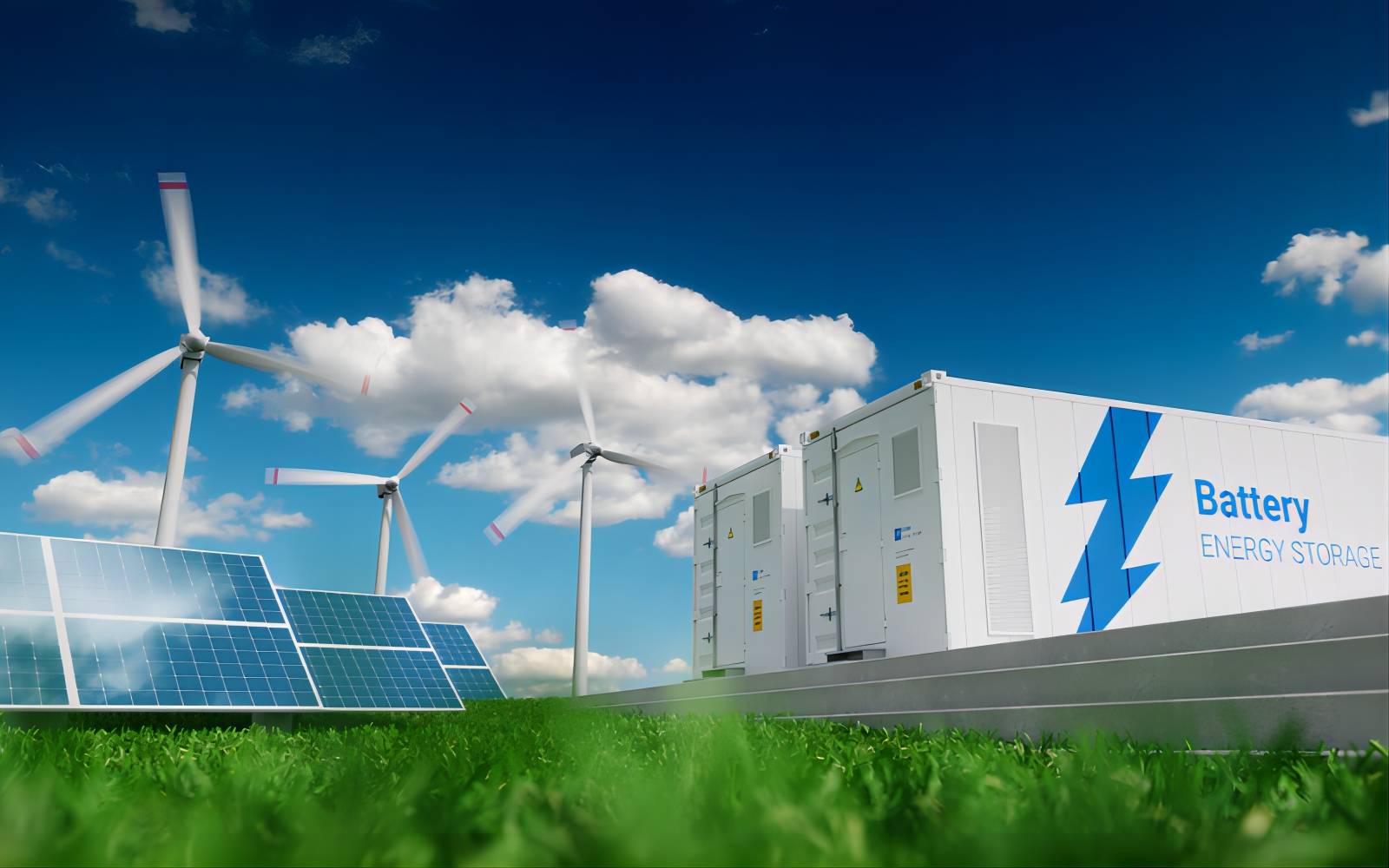The Battery Storage Industry is in a Mess

Grid-level energy storage could be a game-changer for renewables, but the industry is in chaos. Supply chain nightmares, regulatory red tape, and dependence on China are slowing progress. If we don’t fix these issues, a clean energy future remains a distant dream.
China’s hold on battery supply chains
China dominates refining and manufacturing, controlling:
- 70% of lithium refining
- 80% of global graphite production
- 60% of cobalt processing
- Over 75% of battery cell manufacturing
Even if lithium is mined elsewhere, it still needs to be processed in China. With China tightening export rules, supply disruptions loom large.
Supply chain & regulatory hurdles
- Mineral Shortages & Overconcentration – Lithium, cobalt, and nickel demand is surging, with much of the supply concentrated in politically unstable regions.
- Trade Wars & Export Bans – The U.S. and EU are trying to build their own supply chains, but progress is slow.
- Regulatory Chaos – No universal standards for safety, grid connection, or compliance make expansion costly and complex.
- Slow Permitting – Storage projects face long approval times—up to five years in the U.S. and similarly lengthy waits in Europe.
- Unstable Revenue Models – Storage companies struggle with inconsistent financial incentives, making investment risky.
It’s a no-brainer: Fix supply chain & policy changes
- Diversify the Supply Chain – The U.S., Canada, and Australia must ramp up lithium refining and battery production.
- Regulatory Consistency – Global standards would simplify deployment and reduce costs.
- Invest in Recycling – A strong battery recycling industry would cut dependence on raw materials.
- Explore Alternatives – Flow batteries, compressed air, and hydrogen storage need more backing.
Using PR to Push for Change
PR can shift the conversation and influence decision-makers:
- Public Awareness Campaigns – Educating the public about supply chain risks builds pressure on policymakers.
- Industry Advocacy – Battery manufacturers should publish research and engage in media to highlight the need for domestic refining.
- Government Lobbying – Engaging policymakers with clear proposals can accelerate investment in local processing.
- Investor Confidence – A strong PR strategy can signal stability and attract funding for domestic battery production.
- Strategic Media Coverage – Showcasing success stories and new tech innovations can encourage policy shifts.
Don’t sit on your hands, do something!
The battery storage industry is a mess—but it doesn’t have to stay that way. Fixing supply chain dependencies and regulatory chaos is key to unlocking a clean energy future. PR can drive change, influence regulators, and secure investment.
These issues were widely discussed at the Energy Storage Summit 25, not just on stage but in conversations on the floor. The industry knows the problems—it’s time to act. BCM Public Relations, specialists in the energy market, can help companies in the battery storage business navigate these challenges and position themselves for growth.
What do you think? Should your company make its voice heard in this debate? If the answer is YES, get in touch.